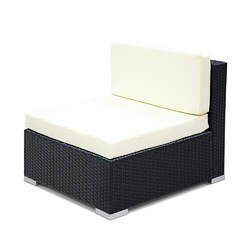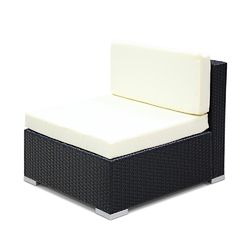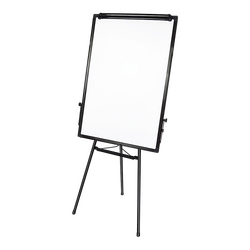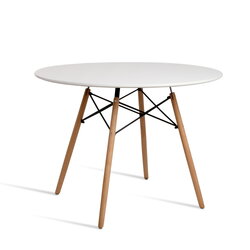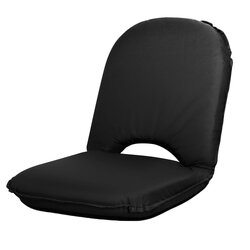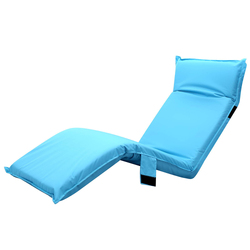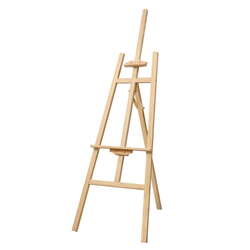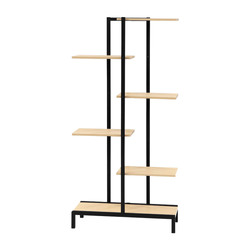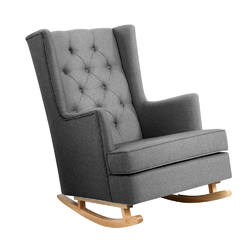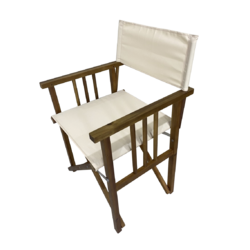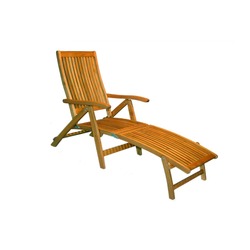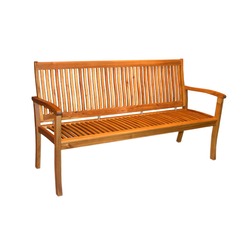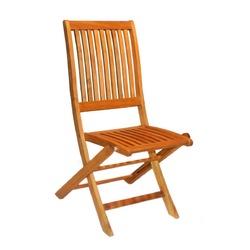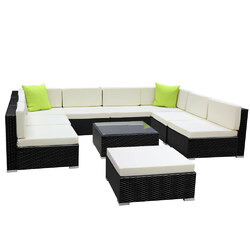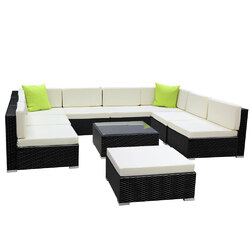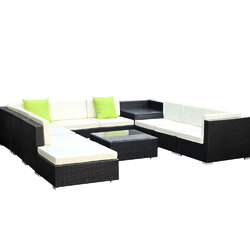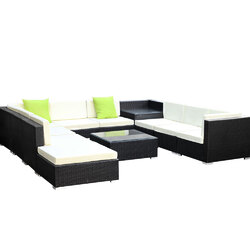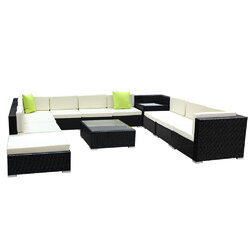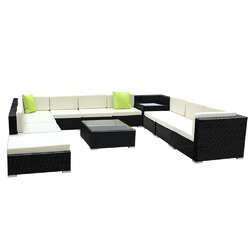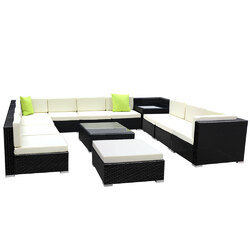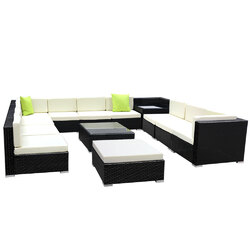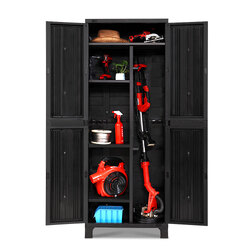Categories
Categories
-
Bedroom & Mattresses
-
Gym & Fitness
-
Furniture
Browse Other Categories- Best Outdoor Furniture Sets for Sale
- Sun Lounges
- Patio Furniture Sets
- Inflatable Chairs
- Wishing Wells
- Plant Stand
- Garden Wheel Bench & Chairs
- Garden Benches
- Rustic Bridge
- Dining Tables & Chairs
- Rocking Armchairs
- Lounge Sofa
- Foldable Chairs & Beds
- Outdoor Storage Box
- Umbrella Cantilever Stands
- Beach Chairs & Tables
- Hammock Chairs & Beds
- Sofa & Chair Sets
- Storage Box Seats
- Portable Chairs
- Garden Sheds
- Garden Chairs & Tables
- Tripod Stand
- Outdoor Round Bar Tables
- Papasan Chair & Table Set
- Outdoor Tables
- Office
- Best Office Chairs for Sale in Australia
- Filing Cabinet
- Buy Gaming Chairs Online
- Computer Desk & Laptop Tables
- Buy Monitor Mounts & Stands
- Drafting Table
- Storage
- Digital Security Box
- Bookcases & Shelves
- Storage Lockers
- Coat & Hat Racks
- Hanger Stand
- Storage Cabinets
- Wine Rack
- Wall Shelves
- Shoe Racks & Cabinets
- Shelving Racking
- Stools & Chairs
- Lounge Sofa Chairs & Beds
- Papasan Chairs
- Fabric Chair
- Salon Stools
- Sofa Chairs
- Dining Tables and Chairs
- Foldable Chair
- Louis Tables & Chairs
- Wooden Bar Stools
- Armchairs
- Massage Chair
- Study Desk
- Coffee Tables
- Vintage Bar Stool
- Vanity Chairs
- Recliner Chairs
- Bar Stools
- Bentwood Chairs
- Ottomans
- Rocking chair
- Wishbone Chairs
-
Outdoor & Sports
Browse Other Categories- Camping & Hiking
- Tent
- Inflating Mattress
- Camping Armchair
- Floor Mat
- Fridge
- Awnings
- Bag
- Toilet
- Folding Table
- Heaters
- Caravan Cover
- Solar Showers
- Water Tank
- Air Pumps
- Recliner Chair
- Light
- Cooking Stove
- Sleeping Bag
- Wash Basin
- Picnic
-
Tools & Hardware
Browse Other Categories- Building Materials
- Ladders
- Other Building Materials
- Door Hardware
- Skylight Ceiling Window
- Gate Openers
- Cabinet Hardware
- Power Tools & Equipments
- Work Torches & Lamp
- Hand Tool Box
- Drill
- Tillers
- Pressure Cleaners
- Pole Saw
- Blowers
- Water Pumps
- Other Tools
- Angle & Die Grinder Wheels
- Post Hole Diggers
- Brush Cutters
- Garden Hoses
- Hedge Trimmers
- Jackhammer
- Chainsaws
- Saws
- Sanders
- Shading
- Power Tool Batteries
- Lawn Mowers
- Cordless Guns
- Welders
- Auto Accessories
- LED Lights & Lamps
- Seat Covers
- Power Inverters
- Luggage Racks
- Car Sun Shades
- Winches
- Caravan Parts & Accessories
- Wind Deflectors
- Window Tint
- Air Compressors
- Hand Tool Box
- Floor Mats, Carpets
- Truck Boot Lids
- Cables
- Audio & Video
- Others
- Tarps
- Battery Charger
- Orthotics, Braces & Sleeves
- Interior
- Tools & Equipments
-
Trailers
Browse Other Categories -
Pet Care
Browse Other Categories -
Home & Kitchen
-
Home & Garden
Browse Other Categories- Garden
- Compost Recycling Bins
- Kneeler Seats
- Greenhouses & Garden Sheds
- Garden Lights
- Raised Garden Beds
- Garden Carts
- Garden Windmill
- Solar Powered Snake Repellent
- Weed & Pest Control
- Pool & Accessories
- Inflatable Pool Toys
- Pool Ladder
- PVC Pool cover
- Pool Sand Filter
- Sand Filter
- Pool Lights
- Pool Pad
- Pool Fencing Clamp
- Pool Cleaner
- Inflatable Pool
- Pool Filter Cartridge
- Swimming Pool Covers
- Pool Pump
- Outdoor
- Outdoor Lighting
- Hammocks
- Outdoor Shades
- Umbrella Shades
- Weather Station
- Fountains
- Gazebos Marquees
- Carports
- BBQ & Firepits
- Gutter Guard
- Metal Detectors
- Awnings & Canopies
- Bathroom
- Towels & Washcloths
- Mirrors
- Shower Screens & Accessories
- Scales
- Towel Rails
- Tapware
- Shower Grate
- Toilet Accessories
- Sewage Pumps
- Shoe Warmer
- Bathroom Accessories
- Basin Sink
- Showers
- Home Decor
- Wall Art
- Curtains, Blinds & Accessories
- Artificial Plants & Trees
- Downlights & Ceiling Lights
- Planters
- Rugs & Carpets
- Christmas Costumes
- Artificial Green Walls
- Installation Equipment
- Christmas
- Christmas Lights
- Wall Clock
- Table Clothes
- Curtains
- Party Supplies
- Artificial Grass
- Picture Frames
-
Health & Beauty
Browse Other Categories -
Baby & Kids
Browse Other Categories- Outdoor & Sports
- Car Seats & Accessories
- Sand Pit
- Lunch Box
- Travel Cots & Cribs
- Football
- Water Bottle
- Kids Bicycle
- Slide With Ladder
- Sand & Water Tables
- Kids Playhouses
- Travel Dome
- Jumping Castles
- Kids Furniture
- Kids Bed Frames
- Animal Stools
- Arm Chairs
- Picnic Table Sets
- Bassinettes
- Bookshelves
- Kids Sofa
- Kids Storage Box
- Table & Chairs
- Bunk Beds
-
Electronics
Browse Other Categories- Gadgets
- Projector
- Watch
- USB Hub
- Docking
- Mini PC & Accessories
- Bluetooth
- Others
- Headset
- LED Desk Lamp
- WiFi Smart Plug
- USB Car Chargers
- Card Reader
- Battery Chargers & Power
- Charging Cable
- Deep Cycle Battery
- Camping Battery
- Charger Case
- Power Bank
- Wall Charger
- Computer Accessories
- DVD
- Converters, Cables & Adapters
- Other
- Network Switches
- Holder & Stand
- Wireless Routers
- Webcam
- Mouse & Keyboard
- Wireless Access Points
- Power Supplies
- Screen Protector
- Appliances
- Water Cooler Dispenser
- Rangehood
- Air Purifiers
- TV
- Food Dehydrator
- Stand Mixer
- Washing Machine
- Deep Fryer
- Coffee Maker
- Room Heaters
- Dishwasher
- Scales
- Water Filter Jug
- Air Cooler
- Air Pot
- Fridges
- Ice Maker
- Vacuum Cleaners and Parts
- Blenders
- Fans
- Oven
- Food Display Warmer
- Air Conditioners
- Air Fryer
- Washers & Dryers
- Cooktop
- Juicer
- Ice Cream Maker
- Diffusers & Humidifiers
Fast Dispatch
30-Day Returns
Pay with
Fast Dispatch
30-Day Returns














